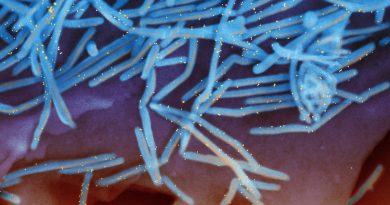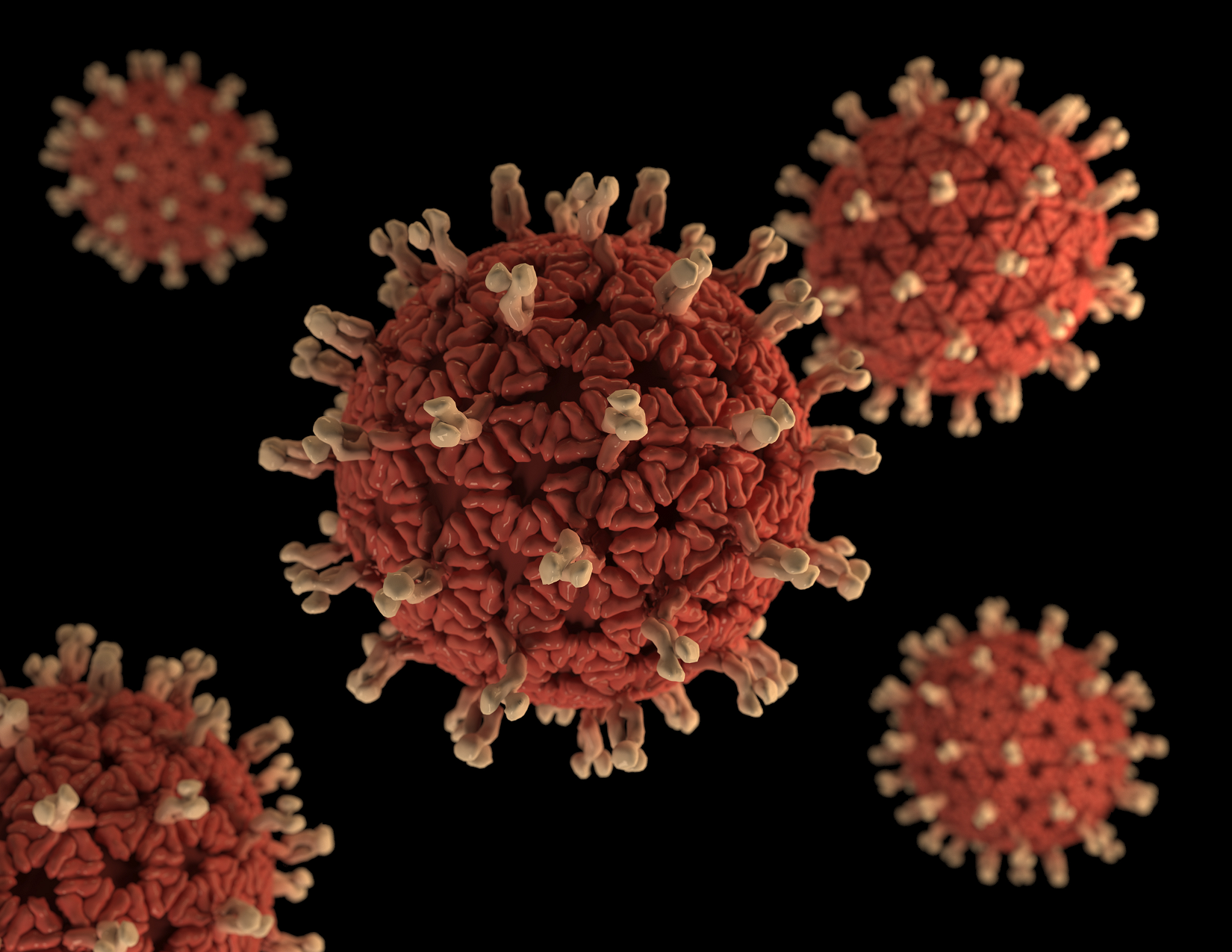“Off-the-shelf” cells are safe and effective to treat viral infections
A bone marrow transplant can be a life-saving treatment for patients with certain cancers and other serious illnesses that have not responded to conventional chemotherapies. The transplant intends to provide patients with a new immune system; however, it takes about a year until it is fully capable of defending the body against diseases. During this time, latent viruses in the patient’s body may reemerge and when standard viral treatments fail, the infections can become life-threatening.
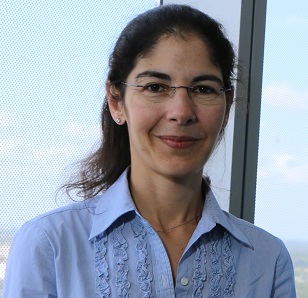
“In this study we continued our previous work in the Center for Cell and Gene Therapy, in which we showed that patients who had developed an Epstein-Barr virus infection after a transplant, could be helped by receiving immune cells specialized in eliminating that particular virus,” said first author Dr. Ifigeneia Tzannou, instructor of medicine in the section of hematology and oncology at Baylor College of Medicine. “Then, we and others successfully targeted other viruses, namely adenoviruses and cytomegalovirus.”
“The novel contribution of this study is that we have targeted additional viruses, the BK virus and the HHV-6 virus, which had not been targeted this way before,” said senior author Dr. Bilal Omer, assistant professor of pediatrics at Baylor and Texas Children’s Hospital. “This is important because the BK virus does not have an effective treatment and the complications are significant, including severe pain and bleeding. These patients are in the hospital for weeks, months sometimes, and now we have a treatment option.”
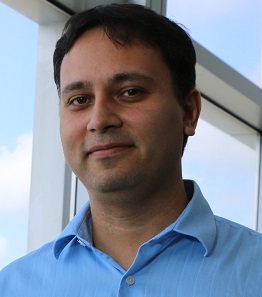
“It is not uncommon that these patients have infections with more than one virus, so developing one treatment that can treat them all successfully is important,” Tzannou said.
Omer, Tzannou and their colleagues conducted a clinical trial to determine the safety and effectiveness of pre-prepared virus-specific cells to treat five viral infections simultaneously in patients who had received a hematopoietic stem cells transplant.
“Off-the-shelf” virus-specific cells produce encouraging results
To prepare the virus-specific cells, “we take blood from healthy donors who have already been exposed to these viruses and who we have confirmed have immune cells that can fight the infections,” Tzannou said. “We isolate the cells and let them multiply in culture. The final product is a mixture of cells that together can target all five viruses. We prepared 59 sets of virus-specific cells from different donors following this procedure.”
“Our strategy is to prepare a number of sets of virus-specific cells ahead of time and store them in a freezer, ready to use when a patient needs them,” Omer said. “To match patient and donor, we use elaborate matching algorithms.”
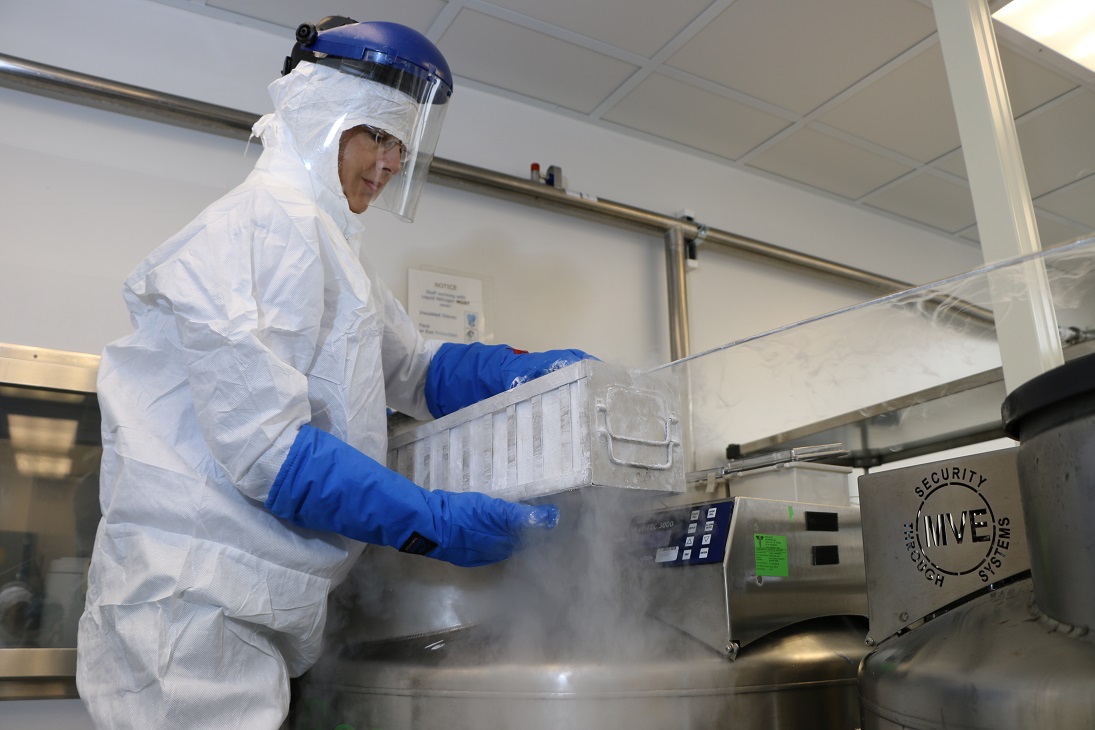
During this phase II clinical trial, 38 patients, of whom most had not responded to at least two conventional anti-viral treatments, received matching virus-specific cells. The researchers monitored virus levels and other clinical responses in the patients for several weeks. The results were encouraging; treatment with virus-specific cells resulted in a 92 percent overall complete or partial response rate. Some patients with BK virus infections felt better within a few days.
In addition, “we didn’t have any significant toxicities,” Tzannou said. “Taken together, the results of this trial suggest that it is reasonable to consider this treatment as an early option for these patients. We hope that the results of a future multicenter phase III clinical trial will help raise awareness in both physicians and patients that this treatment, which is safe and effective, is available.”
Read the complete study in the Journal of Clinical Oncology.
###
Other contributors to this work include Anastasia Papadopoulou, Swati Naik, Kathryn Leung, Caridad A. Martínez, Carlos A. Ramos, George Carrum, Ghadir Sasa, Premal Lulla, Ayumi Watanabe, Manik Kuvalekar, Adrian P. Gee, Meng-Fen Wu, Hao Liu, Bambi J. Grilley, Robert A. Krance, Stephen Gottschalk, Malcolm K. Brenner, Cliona M. Rooney, Helen E. Heslop and Ann M. Leen.
This project was supported by the National Heart, Lung, and Blood Institute Production Assistance for Cellular Therapy grant and by a Conquer Cancer Foundation/American Society for Clinical Oncology grant. Further support was provided by an educational National Institutes of Health K12 faculty fellowship grant at Texas Children’s Hospital and by the Dan L. Duncan Cancer Center support grant P30CA125123.


